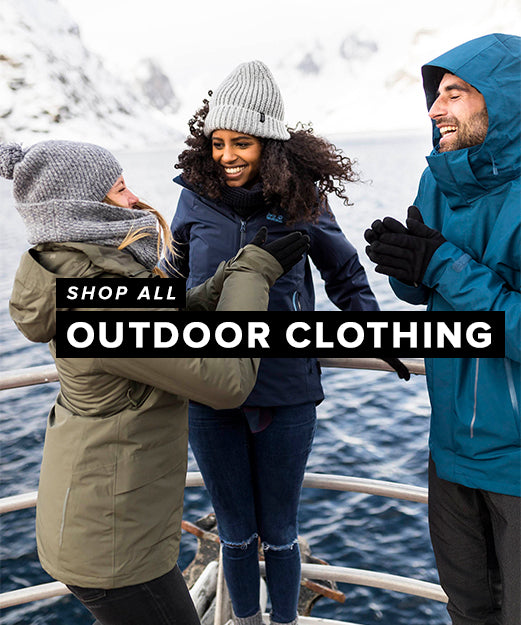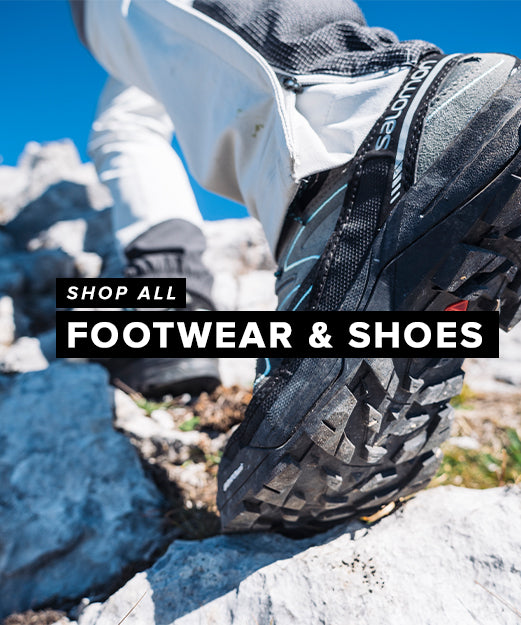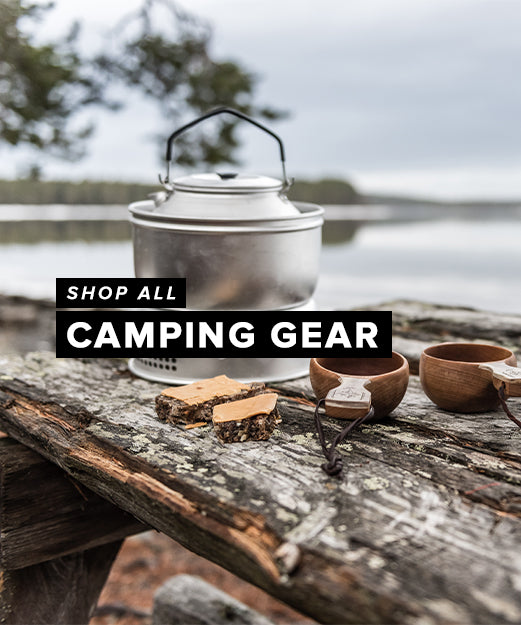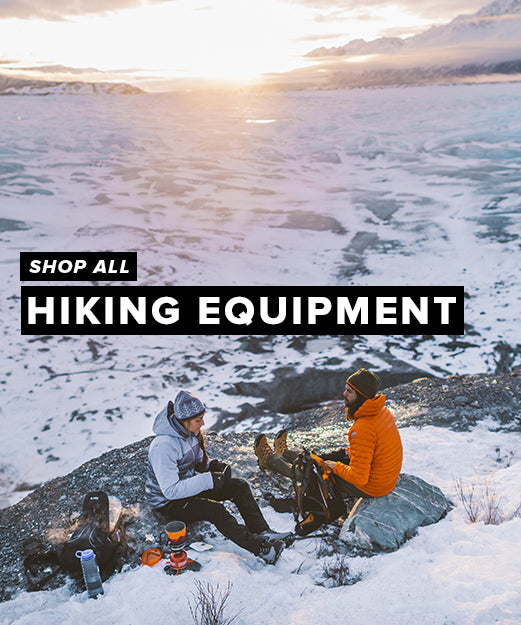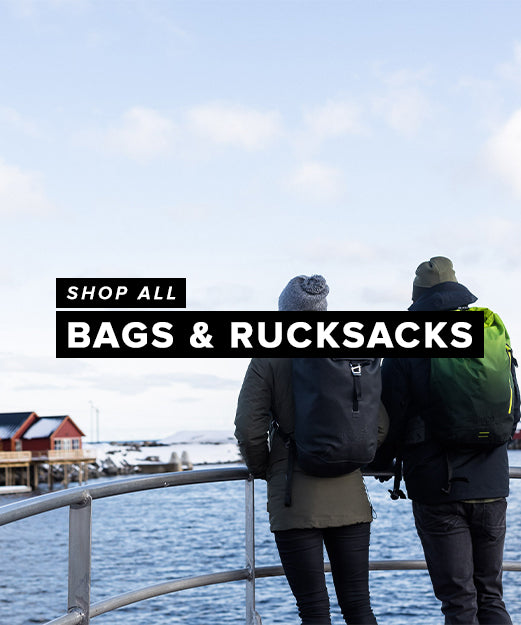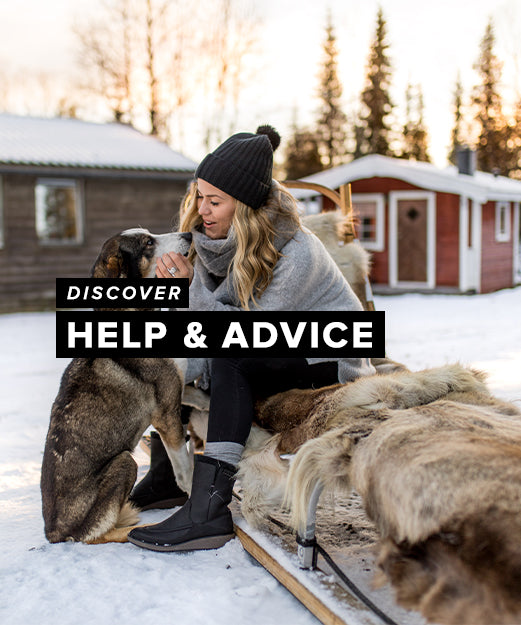Throw the debate about wearing a skiing helmet on to an on-line forum and you’ll see a host of postings, for and against. It’s mostly a personal choice thing, although in some countries wearing a helmet is now dictated by law. For many skiers and snowboarders, though, it’s not a question of whether to wear a helmet, but more about what is the coolest, most comfortable helmet to buy that will also protect their heads while out on the slopes.
[caption id="attachment_1281" align="alignleft" width="180" caption="Bright pink ski helmet "][/caption]
What to look for when buying a ski helmet
The outer shell: The shell of a ski helmet is generally made of a polycarbonate material. This is designed to be lightweight but still extremely strong. The theory is that skiers and snowboarders want head protection that is light enough to still be able to enjoy their sport, but robust enough to protect the head if they take a fall. It’s straightforward stuff, really!
Look inside: The interior of most ski and snowboard helmets is made of a double-density polystyrene to offer further protection for your head and to add comfort.
Even more comfort: Many ski helmets also have a softer material that rest against the head and padding around the ears and on the chin strap. Comfort is important when you’re whizzing about the slopes getting hot and sweaty.
[caption id="attachment_1278" align="alignleft" width="180" caption="Great ventilation in a ski helmet"][/caption]
Talking of sweaty: Ventilation is another important factor to consider when buying a ski or snowboarding helmet. Some skiers even buy two helmets: One to suit warmer weather conditions and another for extreme cold. If you are buying just one helmet think about how you normally feel when skiing. Do you get very hot and sweaty? If so, look for a helmet with greater ventilation.
Full face: You’ll see helmet with a full-face protection but these are normally reserved for competitors in downhill and slalom competitions. These are for protection for falls at high speeds. It’s rather like the difference between a road cycling helmet and a downhill mountain bike helmet. One sport has greater potential for a face plant, just like with the range of disciplines in skiing.
Open face helmets: Perfect for leisure and holiday skiing and the helmet that most folks will be buying.
[caption id="attachment_1280" align="alignleft" width="180" caption="Funky ski helmet for kids"][/caption]
Three types of ski helmet to think about
Full shell, short shell and competition helmets. Let's explain:
- Full shell helmets offer maximum coverage for recreational skiing. They are designed for protection and to keep the wind and weather off your head as well. These helmets are also a good idea if you’re planning on some top speed skiing and lots of tricks.
- The short shell offers adequate protection but less helmet coverage. This might suit people who are excellent skiers and who tend to play it safe, or people who prefer a bit more ventilation.
- The competition helmet is designed to save your life, ears, and jaws in a serious fast crash. If you are competing you should be wearing this design.
[caption id="attachment_1279" align="alignleft" width="180" caption="Fun looking skiing helmets"][/caption]
Ski helmets look cool so wear one
Looking around ski resorts these days it's difficult to spot skiers and snowboarders without a ski helmet... which is why people now look for helmets that are fashionable, stylish, different, cool, whatever! Helmets come in a range of colours and designs and for extra uniqueness why not add your own stickers or spray paint design?
[caption id="attachment_1277" align="alignleft" width="180" caption="A snowboarding helmet with its own pompom hat!"]
[/caption]
Added extras: Look for integrated head phones or helmet accessories such as add-on mohicans and helmet hats!
 NEW!! Free UK Delivery
NEW!! Free UK Delivery Hassle-Free Returns
Hassle-Free Returns Clearpay
Clearpay


